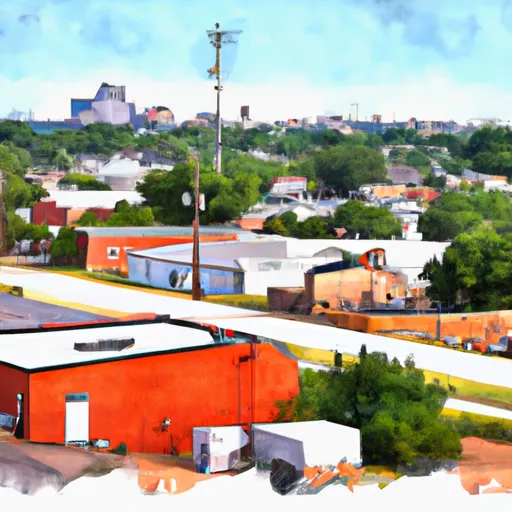°F
°F
mph
Windspeed
%
Humidity











Oglesby, Texas is a small town located in Coryell County. It experiences a humid subtropical climate with hot summers and mild winters. Summers are typically hot and humid, with temperatures frequently reaching the mid to upper 90s Fahrenheit. Winters are mild, with temperatures ranging from the 40s to 60s Fahrenheit.
The hydrology constituents of Oglesby primarily consist of the Brazos River and nearby creeks. These water sources offer opportunities for fishing, boating, and other water-related activities. The town is also surrounded by scenic nature areas, making it a great destination for outdoor enthusiasts. Hiking, bird-watching, and wildlife observation can be enjoyed in the beautiful natural settings surrounding Oglesby. With its pleasant climate and diverse outdoor recreation opportunities, Oglesby provides a great escape for nature lovers.
Weather Forecast
Oglesby receives approximately 871mm of rain per year, with humidity levels near 84% and air temperatures averaging around 19°C. Oglesby has a plant hardyness factor of 8, meaning plants and agriculture in this region tend to thrive here all year round.
Regional Streamflow Levels
0
Cubic Feet Per Second
6
Cubic Feet Per Second
4
Cubic Feet Per Second
9
Cubic Feet Per Second
Nearby Camping
| Camping Area | Reservations | Toilets | Showers |
|---|---|---|---|
| Wilson Fox - Granger Lake | |||
| McKinney Falls State Park | |||
| Willis Creek - Granger Lake | |||
| Taylor - Granger Lake | |||
| Cedar Breaks - Lake Georgetown | |||
| Lockhart State Park |



